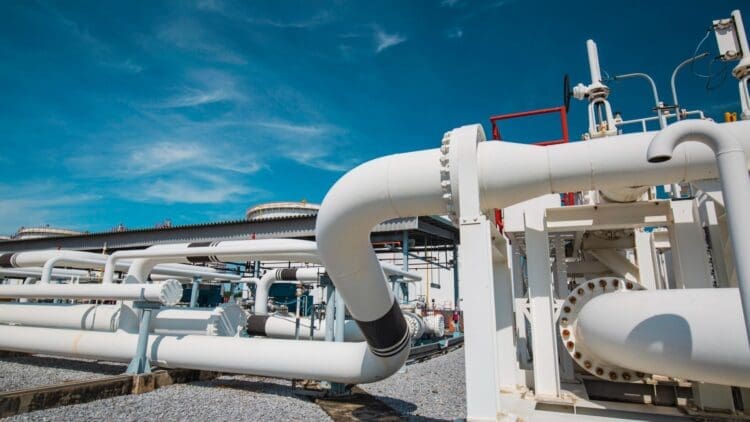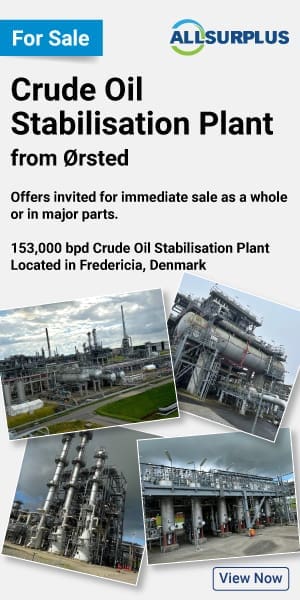With the end of the year edging closer with every day that passes, energy analysts are reporting that the European Union’s gas storage levels are ready for the exceedingly cold winter. Every year, the energy sector faces an uncomfortable reality that, as winter approaches, concerns are raised over gas supplies meeting demand, and this year is no different. However, the annual Winter Supply Outlook report by the European Network for Transmission System Operators for Gas, or ENTSOG, has noted that Europe’s gas storage levels are more than enough to meet demand this winter.
Winter in the European Union brings with it increased demand for energy
As the cold winter approaches, the inevitable concerns emerge over whether the EU has enough gas in storage to meet demand. This has been exacerbated by the newest round of sanctions on Russia. The new sanctions aim to completely cut ties with Moscow and phase out all forms of Russian energy.
Luckily, the EU has reported that gas storage levels have reached 83% capacity this year, according to ENTSOG’s annual Winter Supply Outlook. The report points to the extremely efficient levels of gas storage in the EU, as well as the continent’s ability to ensure supply can meet demand, even under severe conditions.
The focus for this year’s report was on the impact of phasing out Russian gas imports
As with previous years, the report measures the reaction of the EU’s gas storage levels to any interruptions in supply, with this year focusing on the impact of phasing out Russian gas and LNG. The results are clear: the EU can easily compensate for the loss of Russian energy resources, which has alleviated concerns emerging in the market.
“The Winter Supply Outlook by ENTSOG brings good news as the heating season starts: the EU is well prepared for the upcoming winter. Our system is also resilient against supply disruptions, including a complete cut of Russian pipeline gas imports. The EU is on track to become fully independent from Russian gas supplies. – EU Commissioner for Energy and Housing, Dan Jørgensen
Even without Russian gas and LNG imports, the EU’s gas storage levels are well beyond what is required
The end of Russia’s dominance in the international energy sector is upon us, which must make Moscow extremely nervous. Many have pointed out that the continued reliance on Russian energy provides Putin with the funds to continue his war in Ukraine. The situation has led to a new wave of sanctions being imposed on Mother Russia, devastating its economic industry overall.
Even without importing gas from Russia, the EU’s gas storage levels are well above what is needed for the winter months. The 83% storage levels are more than enough to last throughout the cold European winter and even further beyond into summer.
The report notes that additional measures should be undertaken to ensure the trend continues into next year. Storing gas while demand is low is a great method to ensure enough supply for winter. Add to that the recent approval by the EU’s energy ministers to phase out Russian gas by the end of the decade, and Europe is well on its way to becoming energy self-sufficient.
The EU’s gas storage sector has displayed astonishing resilience
The end of the Russian imports of gas into Europe has raised concerns for energy industry insiders; however, the gas levels are holding strong and displaying the kind of resilience needed to live a life without Russian energy. By eliminating the reliance on gas from the former Soviet nation, the EU is displaying astonishing resilience and exemplifying the region’s ability to reshape the energy landscape. EU residents can rest easy this winter knowing there is more than enough energy to keep their homes warm.





